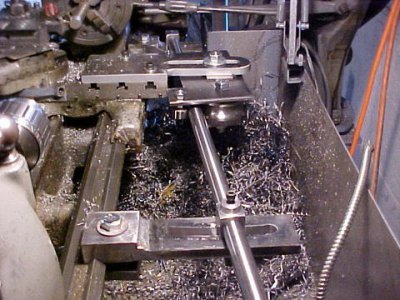- Joined
- Sep 7, 2011
- Messages
- 55
I really can really see a need for me to have a taper attachment for my lathe- I have three woodworking shapers and an ossillating spindle sander and would like to be able to make spindles for them. Problem is that the taper attachment for my lathe- a Clausing 110 MK3a aka Atlas 4800- are scarcer than hens teeth and when they do show up (actually, I've only heard of one)they usually have a huge price tag, two or three times what I've got into my lathe.
My question is: has anyone here made a taper attachment or modified a different makers to their lathe? The principal seems easy enough and I have seen a few plans ranging from pretty simple (and not very substantial) to a little beyond my skills at present. I have used the compound to cut tapers but I'd like to be able to get a better and longer cut. What is the experience out there?
My question is: has anyone here made a taper attachment or modified a different makers to their lathe? The principal seems easy enough and I have seen a few plans ranging from pretty simple (and not very substantial) to a little beyond my skills at present. I have used the compound to cut tapers but I'd like to be able to get a better and longer cut. What is the experience out there?


